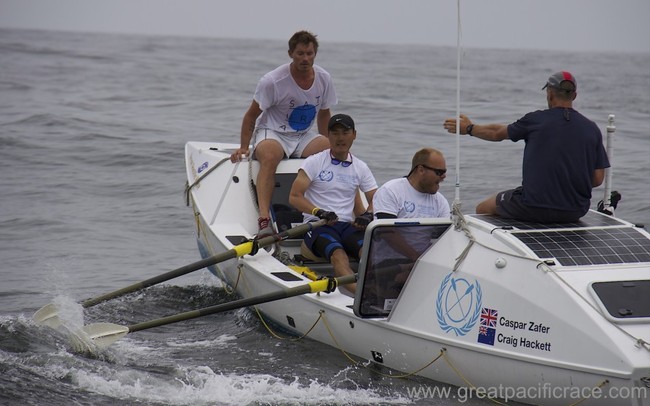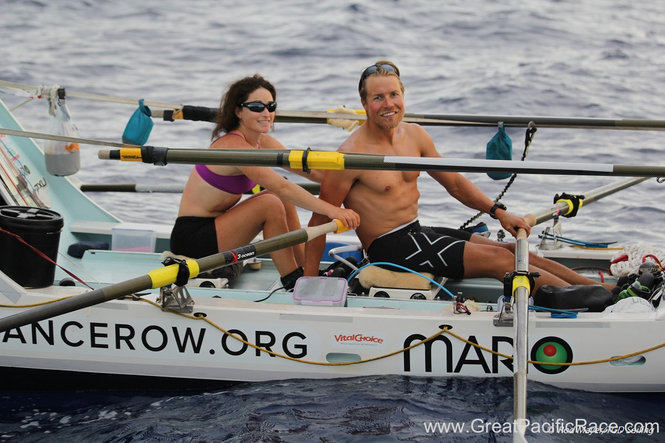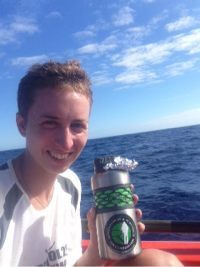By Emily Wolfe
Team Uniting Nations has taken their last oar strokes in the 43-day, 2,400-mile row from Monterrey, California to Honolulu, Hawaii.
During the race, all of the teams are collecting ocean water samples for Adventurers and Scientists for Conservation’s microplastics project.
On July 17, Elsa Hammond tweeted, “Doing some sampling for awesome @AdventurScience!” Thanks for the shout out, Elsa!
The night before Uniting Nations landed in Honolulu, ASC caught up with race director Chris Martin over the phone.
Q&A: GPR Race Director Chris Martin
C.M: I love adventure. I think it brings out the best in people. Difficult circumstances force you to call upon the best parts of your character. Especially ocean rowing, which is so extreme in some senses – you’re out in the middle of nowhere. It forces you more than other adventures to be incredible self-reliant and incredibly self prepared.
C.M.:
Everyone’s doing pretty well. We had a few significant challenges especially toward the start of the race. A number of crews called it quits, partly because of conditions, and one of the most prepared crews called it when they realized they’d bitten off more than they could chew. It all happens unfortunately.ASC: What are some of your favorite stories so far?C.M.: The challenging stories. The weather battered the crews for the first couple of weeks. [Even] getting the boats shipped out to the ready site and getting them prepared and ready to race. We had to have two starts because not everyone was ready and prepared by the start.
ASC: Tell us about visits from the support vessels.
C.M.: It’s always a nice moment [after spending] 2-3 weeks all bouncing around in a closed environment with the other rowers, when you see a support vessel. It’s a nice reminder that you’re not actually alone and you’re taking part in a large adventure that’s bigger than just you.
|
ASC: Are you a rower yourself?
C.M.: I’ve had many ocean rowing adventures myself, and I absolutely loved it. It wanted others to have these experiences. I rowed across the Atlantic by myself in 2005, from the Canary Islands to Antigua, and that took 68 days. In 2009, I was part of a team of two – the first ever team to row across the North Pacific from Japan to San Francisco. That took 189 days – just short of six months. C.M: Yeah. That brings epic and extreme to new proportions. C.M.: Adventure has the potential to be selfish… [But] I think it has a mammoth potential to be so much more. One way historically that it’s had a positive impact is through giving to and raising awareness for charitable causes… [As rowers], because we’re so close to the water, we’re incredibly aware of the impact humans are having on the ocean. Seeing bits of plastic in the middle of the ocean, [is] a real loudspeaker for the impact that we as humans are having on the planet. |



